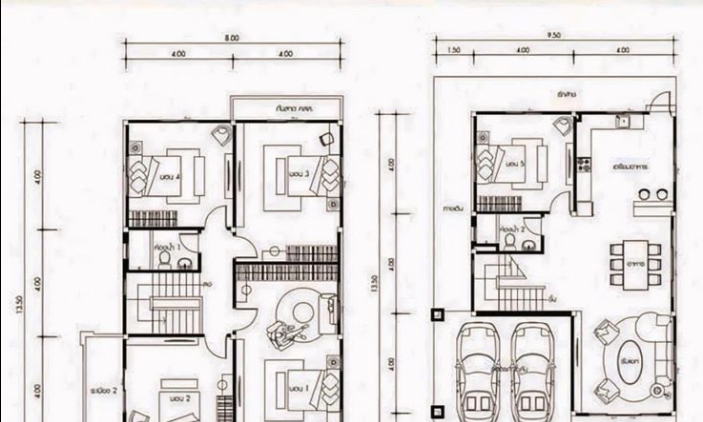Construction Loans for Additions: What You Need to Know in 2025
4 Lectura mínima
)
junio 24, 2025
Adding space to your home is a smart move, whether you're expanding for a growing family or upgrading your layout for more comfort and function. However, home additions don't come cheap, and many homeowners turn to construction loans to finance the project. In this guide, we'll walk you through everything you need to know about construction loans for additions, how they work, and how they compare to renovation loans.
What Are Construction Loans for Additions?
Construction loans for additions are short-term, high-interest loans that help fund the building of an extension or new structure on your existing home. Unlike a traditional mortgage, which pays out a lump sum upfront, a construction loan provides money in phases as work progresses.
These loans are ideal for major projects like adding new rooms, building a second story, or constructing a garage. They're different from general home renovation loans because they're designed for structural work that increases the square footage or fundamental use of the home.
How Do Construction Loans Work for Additions?
Wondering how construction loans work for additions? Here’s a simplified breakdown:
Loan Approval: You apply for the loan with detailed plans, permits, and a contractor's bid.
Draw Schedule: Funds are released in stages (called "draws") as each part of the construction is completed and inspected.
Interest-Only Payments: During construction, you typically make interest-only payments.
Loan Conversion: Once construction is complete, the loan may convert into a standard mortgage (if it's a construction-to-permanent loan), or you may need to refinance into a traditional loan.
This phased funding system ensures that contractors get paid as milestones are met, while lenders have a level of oversight that reduces risk.
How Do Construction Loans Work for Renovation Projects?
:format(webp))
While construction loans for additions fund structural expansion, similar loans can also be used for renovation projects that upgrade existing spaces. Renovation loans work much the same way: they are based on the estimated post-renovation value of your home and are disbursed as work is completed.
If your renovation includes both remodeling and expansion, you might use a hybrid loan or one tailored to the project's complexity. Understanding how construction loans work for renovation helps you choose the right financing option based on the scope of your work.
Types of Construction Loans for Home Additions
When it comes to construction loans for home additions, several financing options are available:
Construction-to-Permanent Loans: Convert to a permanent mortgage after the addition is complete. Ideal for long-term homeowners.
Stand-Alone Construction Loans: Remain separate from your mortgage, requiring a refinance afterward.
HELOC (Home Equity Line of Credit): A flexible credit line based on your home’s equity.
FHA 203(k) Loans: Government-backed option for qualifying homeowners, ideal for lower credit scores.
Fannie Mae HomeStyle Loans: A conventional loan that finances renovations based on the home's future value.
Choosing the right loan depends on your credit, equity, project size, and future plans.
Qualification Requirements for Construction Loans
To secure construction loans for additions, lenders typically require:
Good Credit Score: Usually 620 or higher.
Low Debt-to-Income Ratio: Often under 45%.
Proof of Income & Employment: Pay stubs, W-2s, tax returns.
Detailed Plans and Budget: Must include blueprints, contractor bids, permits.
Home Appraisal: Based on the projected value after construction.
Lenders want to ensure the project is feasible and that you have the ability to repay the loan.
Pros and Cons of Using Construction Loans for Additions
Pros:
Access to funds for major home improvements
Pay interest only during construction
Increase your home’s value and functionality
Transparent draw schedule keeps project on track
Cons:
Higher interest rates than traditional mortgages
More paperwork and inspections
Requires detailed planning upfront
Risk of cost overruns or delays
Weighing these pros and cons will help determine if a construction loan fits your project.
Tips for Getting Approved for a Construction Loan
To increase your chances of approval:
Hire a Licensed Contractor: Most lenders require professional credentials
Get Pre-Approved: Understand how much you qualify for before committing
Keep Financial Records Organized: Tax returns, bank statements, and pay stubs are critical
Build a Detailed Budget: Include materials, labor, contingency funds
Check Your Credit: Improve your score before applying if needed
A strong application reduces risk for the lender and boosts your approval odds.
Final Thoughts: Is a Construction Loan Right for Your Addition Project?
If you’re planning a significant home addition and don’t have the cash upfront, a construction loan can be a great solution. These loans provide the flexibility and funding to transform your living space while spreading costs over time. Just make sure to plan carefully, understand how construction loans work for additions, and choose the right type of loan for your needs.
Ready to get started? Talk to a lender experienced in construction loans for home additions, or use an online calculator to explore your options today!














